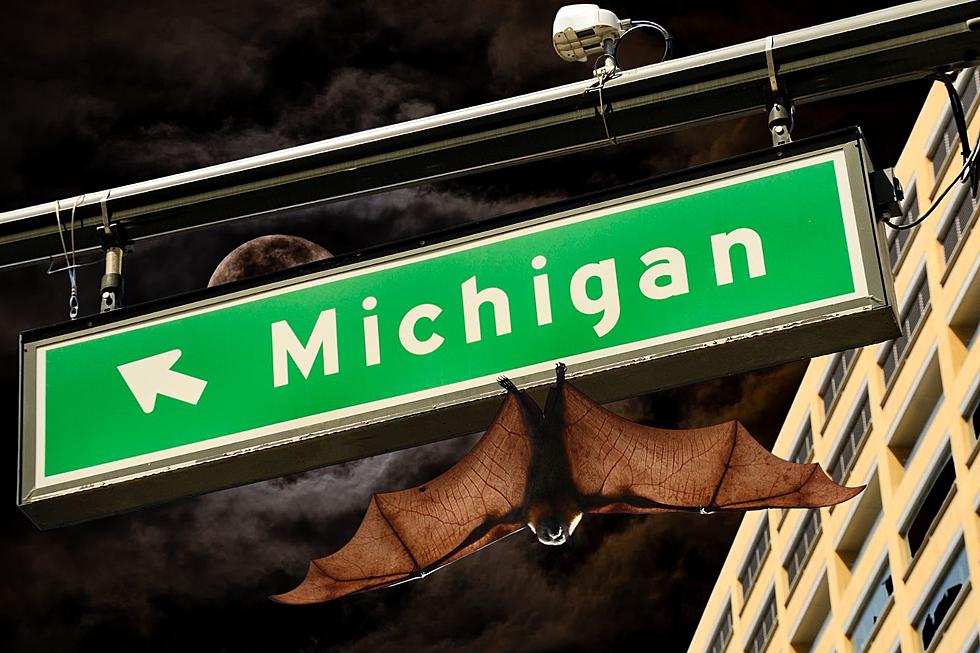
Did You Know Bat’s Have Elbows? Ranking Michigan’s Love for Bats
Let's face it, bats are creepy-looking. That's not to say that I don't appreciate the services these flying flea factories provide. There are a lot of bugs in this world, and if it takes a flapping Chihuahua with fangs to do it, so be it.
Related: How To Legally Remove a Bat From Your Home in Michigan
If you've never had a chance to watch these levitating rats in action I recommend taking a moment to do so. The flight patterns they take may resemble that of a deflating balloon at times, but keep in mind they are chasing insects that are looking to shake off a flying puppy.
Comparing Michigan's Bat Preservation Efforts to the Rest of the United States
The bats we have in Michigan may be small, but they are fast and hungry according to Michigan State University's Fisheries and Wildlife:
Different bat species specialize as either being insect/meat eaters, or pollinators/fruit eaters. Michigan’s bat species are all insect eaters. Since one bat can consume 500-1,000 mosquito-sized insects per hour, bats play a significant role in keeping insect populations in check.
That's right. Some bats in the Mitten gobble down as many as 1,000 mosquitos an hour. It's this helpful task that makes bats a protected species in the state of Michigan.
Now before we start comparing which state in the nation does the most for their floating fluffy bug vacuums, let's just take a moment to appreciate their hideous beauty. Look at that diagram.
Related: Can You Go To Jail For Harming a Bat in Michigan?
Did you know that a bat has an elbow? Fingers? A thumb? I'm not sure I'll look at these fuzzy fluttering guano factories the same way again.
Is Your State Batty? Counting Down to the Most Bat Friendly State
Gallery Credit: Scott Clow

